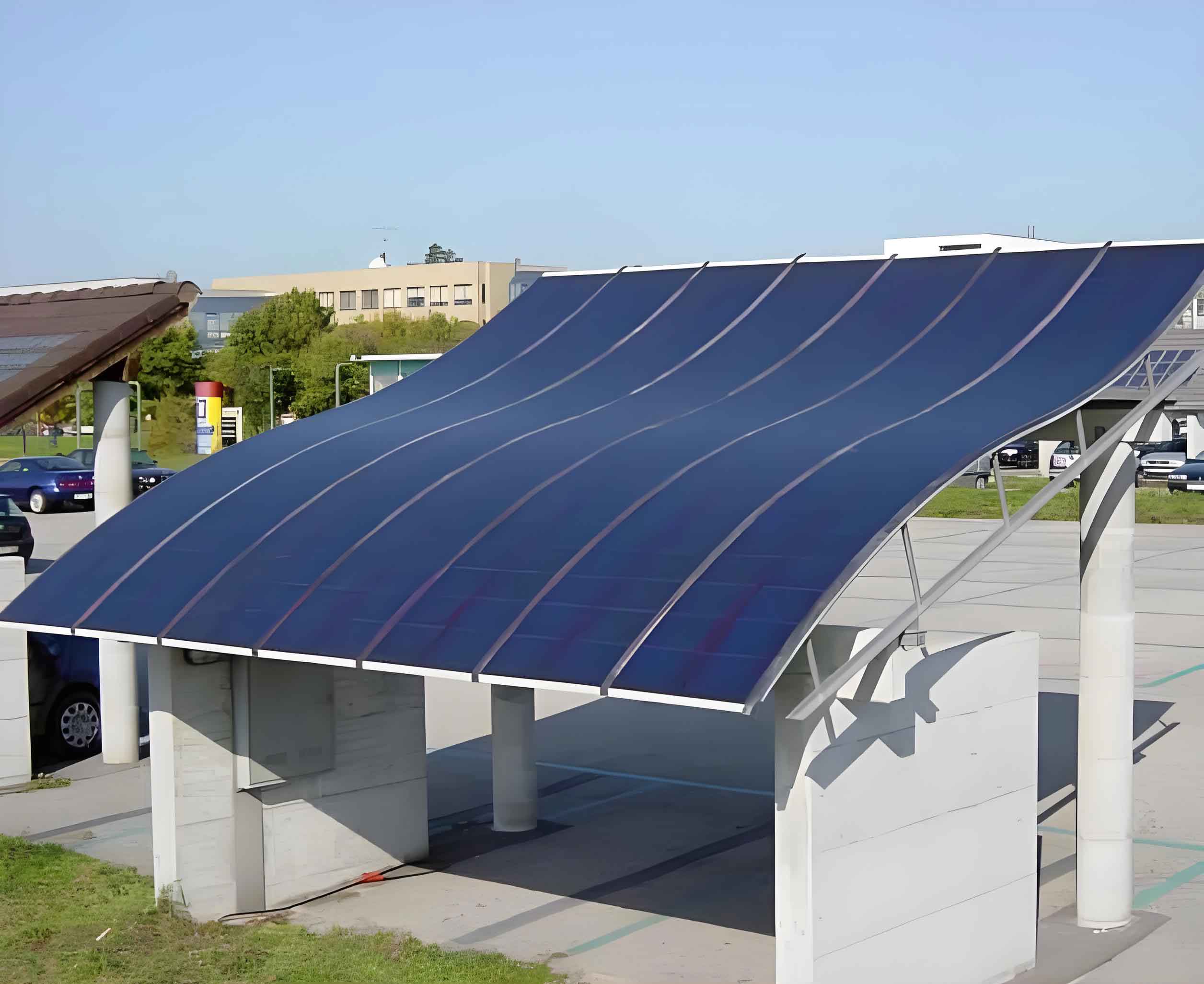
Flexible Solar Panel Kits offer versatility and adaptability, making them an excellent choice for various applications, from residential rooftops to mobile installations on boats and RVs. However, to maximize the efficiency and lifespan of Flexible Solar Panel Kits, innovative mounting solutions are essential. This article explores the latest trends and technologies in mounting systems for Flexible Solar Panel Kits.
Advantages of Flexible Solar Panel Kits
Before diving into mounting solutions, it’s important to understand why Flexible Solar Panel Kits are gaining popularity.
Benefits of Flexible Solar Panel Kits:
- Lightweight: Easier to handle and install compared to traditional rigid panels.
- Versatility: Can be mounted on curved or uneven surfaces.
- Durability: Resistant to impacts and less prone to breakage.
- Portability: Ideal for mobile applications like RVs and boats.
Types of Mounting Solutions for Flexible Solar Panel Kits
Adhesive Mounting
Adhesive mounting is one of the simplest and most effective methods for installing Flexible Solar Panel Kits.
Advantages:
- Easy Installation: No need for drilling or complex hardware.
- Aesthetic Appeal: Low-profile and seamless appearance.
- Cost-Effective: Reduced installation costs due to minimal hardware requirements.
Disadvantages:
- Surface Compatibility: Adhesives work best on smooth, clean surfaces.
- Temperature Sensitivity: Some adhesives may lose effectiveness in extreme temperatures.
Table: Common Adhesive Types and Their Characteristics
| Adhesive Type | Strength | Temperature Range | Suitable Surfaces |
|---|---|---|---|
| Silicone Adhesive | High | -60°C to 200°C | Metal, Glass |
| Epoxy Adhesive | Very High | -50°C to 150°C | Metal, Plastic |
| Acrylic Adhesive | Moderate | -40°C to 120°C | Metal, Fiberglass |
Magnetic Mounting
Magnetic mounting is an innovative solution, particularly useful for metal surfaces.
Advantages:
- Reusability: Panels can be easily repositioned or removed.
- Non-Invasive: No need for drilling or adhesives.
- Quick Installation: Simple and fast setup process.
Disadvantages:
- Surface Limitation: Only works on ferromagnetic surfaces.
- Strength: May not be suitable for high-wind areas.
Frame and Rail Systems
Frame and rail systems provide robust support for Flexible Solar Panel Kits, especially for larger installations.
Advantages:
- Stability: Provides strong support and resistance to wind and weather.
- Adjustability: Allows for optimal tilt and orientation adjustments.
- Versatility: Suitable for a wide range of surfaces and angles.
Disadvantages:
- Complexity: More complex installation process compared to adhesive and magnetic mounts.
- Cost: Higher cost due to additional hardware and installation time.
Table: Comparison of Frame and Rail Systems
| System Type | Installation Complexity | Adjustability | Typical Applications |
|---|---|---|---|
| Fixed Rail System | Moderate | Low | Residential Roofs |
| Adjustable Rail System | High | High | Commercial Roofs, Ground Mounts |
| Ballasted System | Low | Low | Flat Roofs |
Suction Mounting
Suction mounting is a novel approach, especially for temporary installations.
Advantages:
- Temporary Solution: Ideal for short-term setups and mobile applications.
- No Surface Damage: No drilling or adhesives required.
- Ease of Use: Quick to install and remove.
Disadvantages:
- Strength: Suction cups may not hold well under high winds or on uneven surfaces.
- Surface Requirement: Best on smooth, non-porous surfaces.
Table: Key Features of Suction Mounting Systems
| Feature | Benefit |
|---|---|
| Quick Release Tabs | Easy installation and removal |
| High-Strength Suction Cups | Enhanced stability and hold |
| Adjustable Arms | Flexibility in positioning |
Velcro and Strap Mounting
Velcro and strap mounting provide a flexible and reusable solution for Flexible Solar Panel Kits.
Advantages:
- Flexibility: Can be used on a variety of surfaces and angles.
- Reusability: Easy to remove and reposition.
- Non-Invasive: No drilling or adhesives required.
Disadvantages:
- Strength: May not be suitable for high-wind or high-speed environments.
- Wear and Tear: Velcro can wear out over time, reducing effectiveness.
Table: Types of Velcro and Strap Mounting
| Mounting Type | Best Use Cases |
|---|---|
| Industrial Velcro | Portable installations |
| Adjustable Straps | Curved surfaces, RVs, Boats |
| Hook and Loop Fasteners | Temporary installations |
Best Practices for Mounting Flexible Solar Panel Kits
Ensuring Secure Attachment
Regardless of the mounting method chosen, ensuring a secure attachment is crucial for the longevity and efficiency of Flexible Solar Panel Kits.
Tips:
- Surface Preparation: Clean and prepare the surface to ensure maximum adhesion or suction.
- Regular Inspections: Periodically check the mounting system for any signs of wear or detachment.
- Reinforcement: Use additional supports or fasteners in high-wind areas.
Optimizing Panel Orientation and Tilt
Proper orientation and tilt can significantly impact the efficiency of your Flexible Solar Panel Kits.
Orientation and Tilt Tips:
- Optimal Angle: Adjust the tilt of the panels to match the latitude of the installation site.
- Seasonal Adjustments: Change the tilt angle seasonally to maximize sunlight exposure.
- Orientation: Ensure panels face true south in the northern hemisphere and true north in the southern hemisphere for maximum sun exposure.
Table: Recommended Tilt Angles by Latitude
| Latitude | Summer Tilt | Winter Tilt | Year-Round Tilt |
|---|---|---|---|
| 0°-15° | 15° | 15° | 15° |
| 15°-25° | Latitude – 10° | Latitude + 10° | Latitude |
| 25°-35° | Latitude – 10° | Latitude + 15° | Latitude |
| 35°-50° | Latitude – 15° | Latitude + 15° | Latitude |
Conclusion
Innovative mounting solutions are essential for maximizing the performance and lifespan of Flexible Solar Panel Kits. From adhesive and magnetic mounts to frame and rail systems, each mounting method offers unique advantages and is suitable for different applications. By understanding the benefits and limitations of each mounting solution and following best practices for secure attachment and optimal orientation, you can ensure that your Flexible Solar Panel Kits deliver efficient, reliable performance for years to come. Regular maintenance and inspection further enhance the longevity and efficiency of your solar energy system, contributing to a sustainable and cost-effective energy solution.
